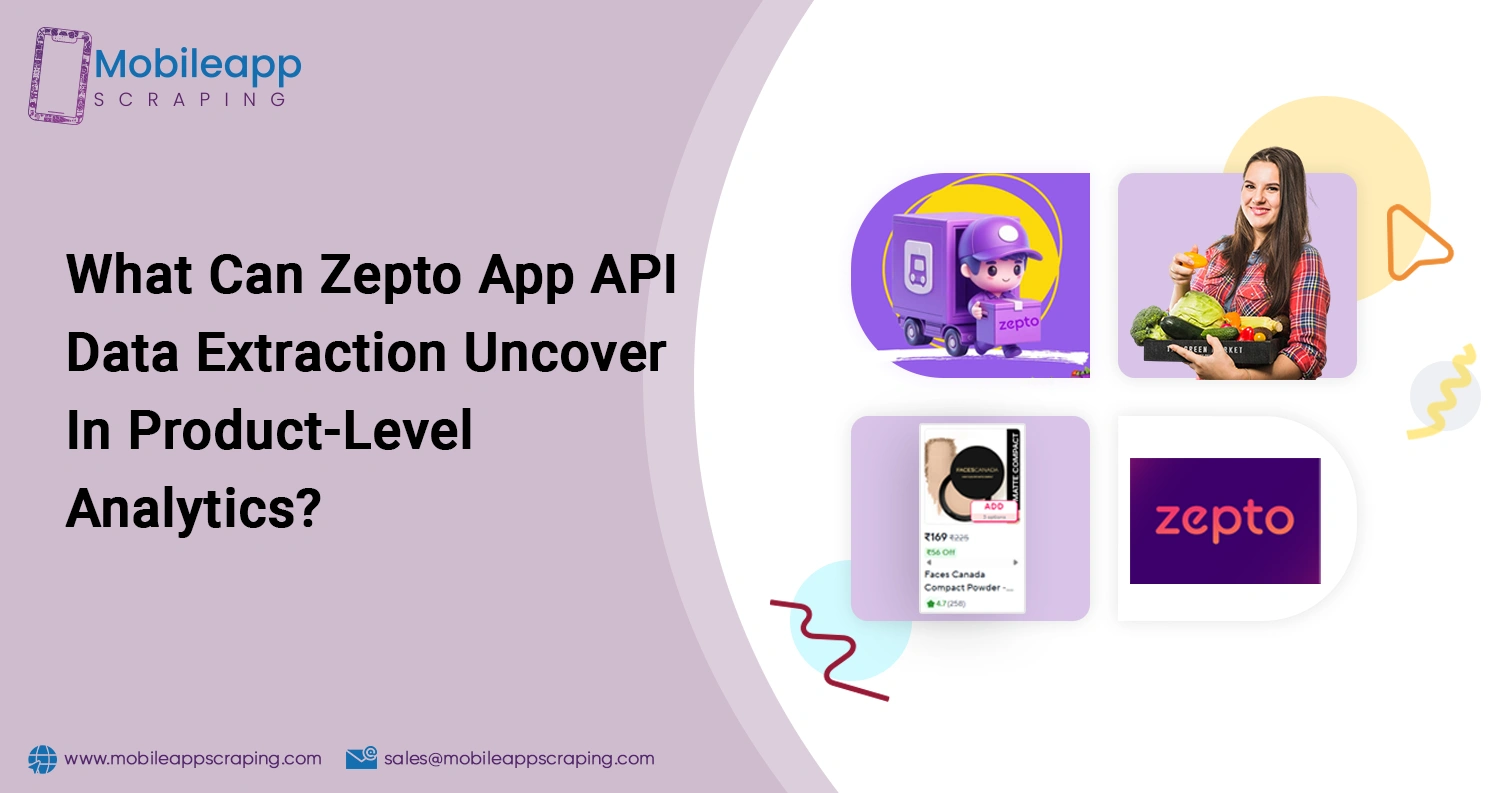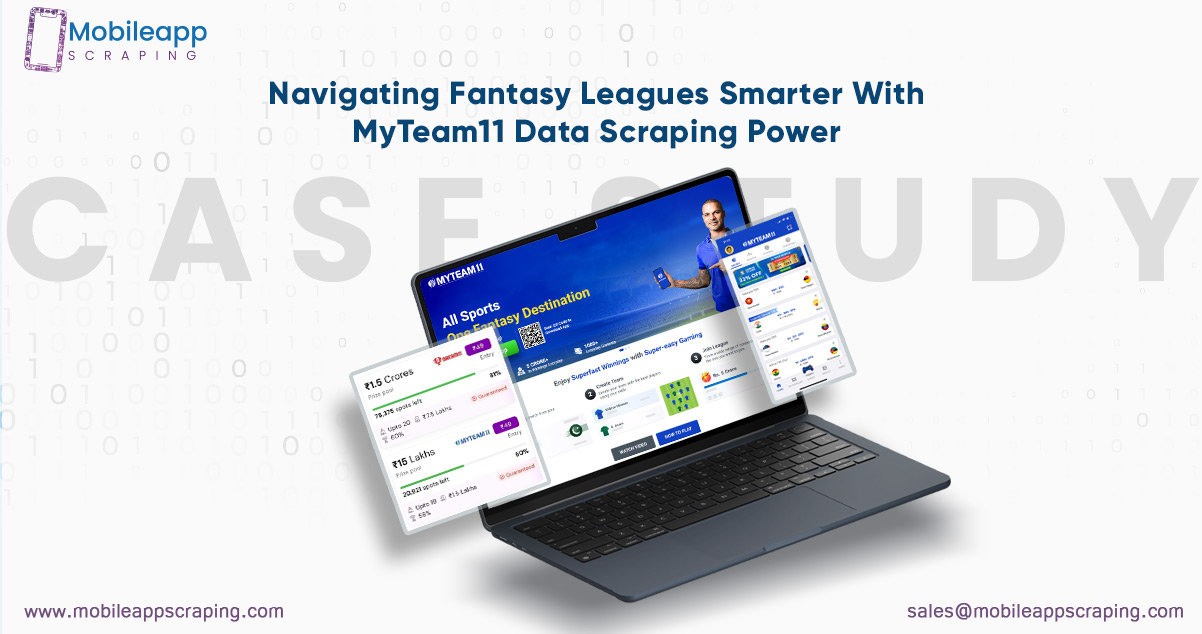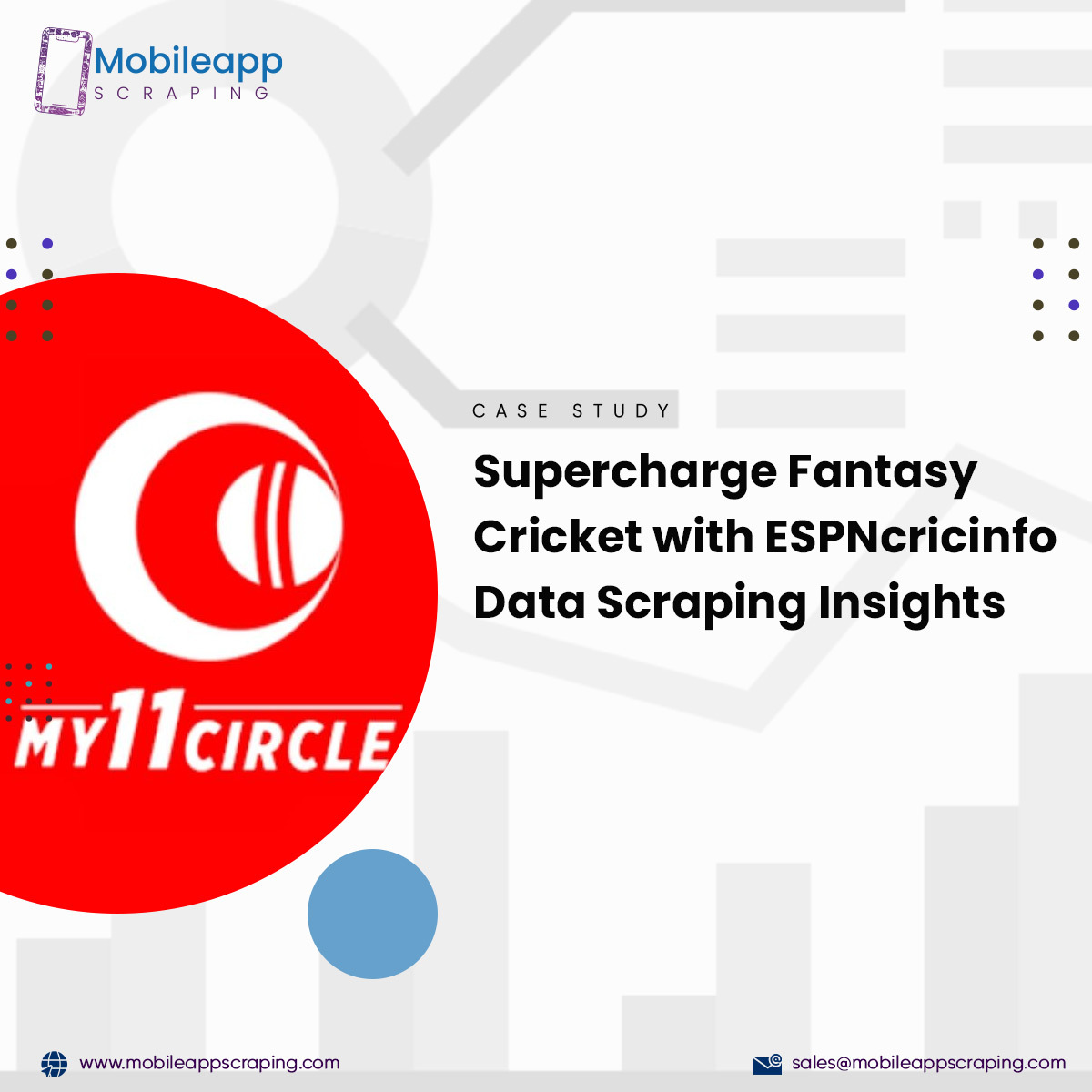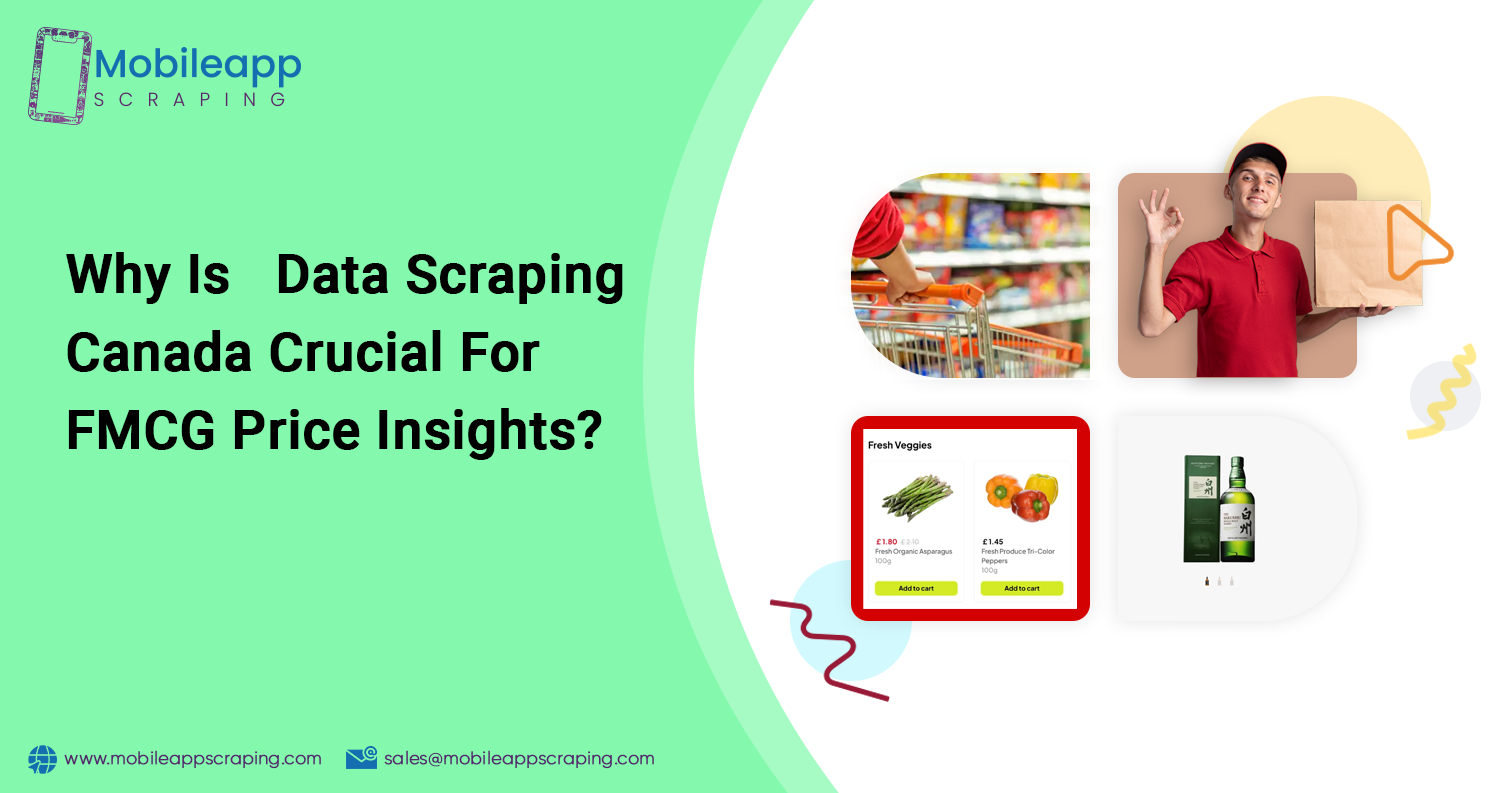How to Scrape Popular Times from Google Maps using Scrapy for Enhanced Planning and Analysis?
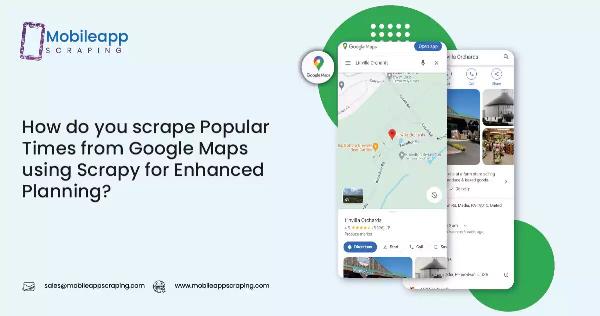
Strong 8k brings an ultra-HD IPTV experience to your living room and your pocket.
How-do-you-scrape-Popular-Times-from-Google-Maps-using-Scrapy-for-Enhanced-Planning
How do you scrape Popular Times from Google Maps using Scrapy for Enhanced Planning?
April 24, 2024
In today's digital landscape, real-time data has become a critical asset for businesses and individuals. Whether scheduling a meal at a bustling restaurant or gauging traffic near a shop, understanding popular times is invaluable. Google Maps stands out with its vast location data repository and popular time insights, presenting a treasure trove for such endeavors. This article will scrape popular times from Google Maps using Scrapy, a robust Python framework tailored for web crawling and scraping tasks.
Scraping location data from Google Places offers streamlined access to this information. By leveraging Scrapy's capabilities, users can efficiently gather peak-hour data, enabling informed decision-making for various scenarios. This process allows businesses to optimize their operations and individuals to plan activities precisely. As we navigate the intricacies of scraping popular times, we unlock a wealth of actionable insights from Google Maps' extensive database. Harnessing Scrapy's prowess, we empower users to tap into this invaluable resource, enhancing their ability to navigate the dynamic landscape of scheduling and planning. With the Google Map scraper, collecting vital information becomes not just a possibility but a seamless reality.
Understanding The Task
Understanding-the-Task
Before delving into the technical intricacies, let's meticulously dissect the task at hand, as outlined by the provided instructions:
Name of Premise: Our primary objective is to pinpoint the name of the premise from which we intend to extract popular times. In this specific case, the focal point is "Alpro Pharmacy." Identifying this crucial piece of information lays the foundation for our scraping endeavor.
Postcode of Premise: While the URL provided doesn't explicitly furnish us with the premise's postcode, recognizing its postcode can offer valuable context and specificity to our data. Although not directly available, this pertinent detail can be gleaned from alternative sources or inferred based on the premise's geographical location.
Popular Times: The extraction of popular times data is at the heart of scraping popular times from Google Maps. It encompasses discerning the patterns of foot traffic experienced by the designated premise throughout the week. These insights, ranging from peak hours of activity to periods of relative calm, are instrumental for businesses and individuals in optimizing their schedules and operations.
By meticulously understanding and acknowledging these facets of the task, we lay a solid groundwork for the subsequent technical implementation of our scraping methodology. This comprehensive approach ensures that our endeavor is not merely focused on data extraction but also on deriving meaningful insights that cater to the nuanced requirements of our audience.
Setting up Scrapy
To begin scraping, ensure you have Scrapy installed in your Python environment. You can install it via pip:
pip install scrapy
Building the Spider
A Scrapy spider is a Python class that defines how a particular site (or a group of sites) will be scraped. Let's create a spider to extract popular times from Google Maps.
We'll implement the logic to extract the desired data by scraping Popular Times on Google Maps Extractor. We can pinpoint the HTML elements containing popular times information using XPath or CSS selectors.
def parse(self, response):
# Extracting popular times data
popular_times = response.css('div.section-popular-times-graph')
for time_slot in popular_times:
day = time_slot.css('button > span:nth-child(1)::text').get()
popularity = time_slot.css('button > span:nth-child(2)::text').get()
# Store or process the extracted data as needed
Significance Of Extracting Popular Times From Google Map
Extracting popular times data from Google Maps holds significant value in various contexts, serving both businesses and individuals in numerous ways:
Optimizing Operations: For businesses, knowing the famous times of their establishment enables them to optimize staffing levels, inventory management, and customer service. By aligning resources with peak activity hours, businesses can enhance efficiency and customer satisfaction.
Strategic Marketing: Understanding popular times allows businesses to tailor their marketing strategies accordingly. They can schedule promotions, events, and advertising campaigns during peak periods to maximize visibility and engagement.
Enhancing Customer Experience: Knowing a venue's popular times helps customers plan visits more effectively. It allows them to avoid crowds, long waiting times, or peak traffic, enhancing their overall experience.
Traffic Management: Municipalities and transportation authorities can utilize popular times data to manage traffic flow more efficiently. By identifying peak congestion hours, they can implement measures such as traffic rerouting or adjusting public transportation schedules to alleviate congestion.
City Planning and Development: Urban planners can leverage popular times data to inform city development projects. Understanding the usage patterns of different city areas helps optimize infrastructure planning, such as determining the location of new businesses, public amenities, or transportation hubs.
Tourism Planning: In the tourism sector, popular times data aids in managing visitor flows at popular attractions. Tourism agencies can use this information to develop strategies for crowd control, ticketing systems, and scheduling guided tours.
Data-driven Decision-Making: Overall, extracting popular times data contributes to data-driven decision-making across various sectors. It empowers businesses, governments, and individuals with actionable insights that drive efficiency, improve resource allocation, and enhance overall planning and decision-making processes.
Why Scrapy Is The Best Framework For Extracting Popular Times From Google Maps?
Why-Scrapy-is-the-Best-Framework-for-Extracting-Popular-Times-from-Google-Maps
Scrapy stands out as the premier framework for extracting popular times data from Google Maps for several compelling reasons:
Powerful Web Crawling Abilities: Scrapy is renowned for its robust web crawling capabilities, making it adept at navigating complex websites like Google Maps. Its ability to traverse multiple pages, handle dynamic content, and follow links effortlessly is crucial for scraping data from a vast and interconnected platform like Google Maps.
Scalability: Scrapy is designed with scalability in mind, allowing it to handle large-scale scraping projects efficiently. Whether scraping popular times for a single location or multiple venues across various geographical areas, Scrapy can manage the workload effectively, ensuring smooth and reliable data extraction.
Customizable and Extensible: Scrapy offers extensive customization options, allowing developers to tailor the scraping process to their specific requirements. From defining custom data extraction rules to implementing middleware for handling proxies and user agents, Scrapy provides excellent flexibility and control over the scraping process.
Asynchronous Request Handling: Scrapy supports asynchronous request handling, enabling it to send multiple requests concurrently and efficiently use network resources. This asynchronous nature enhances the scraping process's performance, significantly reducing the time required to extract data from Google Maps.
Built-in Support for XPath and CSS Selectors: Scrapy provides built-in support for XPath and CSS selectors, essential tools for navigating and extracting data from HTML documents. This native support simplifies the process of identifying and extracting popular times data from Google Maps' complex HTML structure.
Robust Documentation and Community Support: Scrapy boasts comprehensive documentation and an active community of users and developers. This wealth of resources provides valuable guidance and support for developers embarking on scraping projects, ensuring that they can overcome challenges and leverage the full capabilities of the framework.
Open Source and Well-established: Scrapy is an open-source framework That is freely available for anyone to use and modify. Its well-established status in the web scraping community, coupled with regular updates and improvements, instills confidence in its reliability and stability for extracting data from Google Maps and other web sources.
Overall, Scrapy's advanced features, scalability, customizability, and strong community support make it the best framework for extracting popular times data from Google Maps effectively and efficiently.
Conclusion
Leveraging Scrapy for extracting popular times data from Google Maps presents a formidable solution in web scraping. Its robust web crawling capabilities, scalability, and customization options make it the ideal framework for efficiently navigating the intricacies of Google Maps' vast database. With support for asynchronous request handling and built-in tools for data extraction, Scrapy streamlines the process, empowering businesses, individuals, and researchers to access valuable insights for optimizing operations, enhancing customer experiences, and informing decision-making. As a reliable and well-established framework with a vibrant community, Scrapy stands at the forefront of web scraping endeavors, delivering actionable data with precision and efficiency.
Please contact us if you have any further questions about mobile app scraping. Our team is committed to helping you with all your scraping needs and offering extensive support.
Note: IndiBlogHub features both user-submitted and editorial content. We do not verify third-party contributions. Read our Disclaimer and Privacy Policyfor details.



